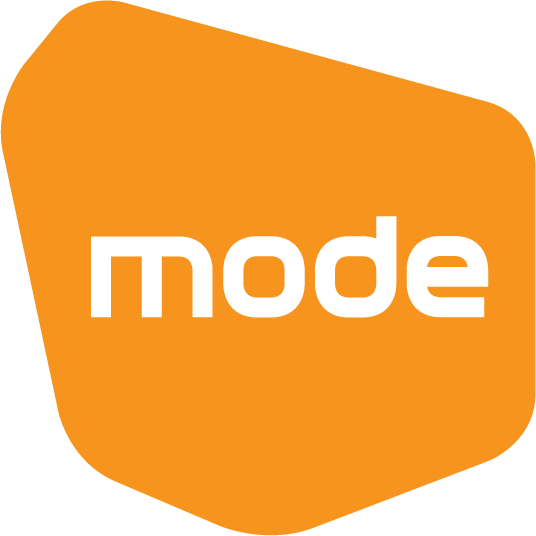COVID-19: Is this the end of education as we know it?

The world is facing a crisis unlike anything in living memory, the impacts of which are both extreme and widespread. As a result of the COVID-19 pandemic, UNESCO is estimating that 1.5 billion students are currently unable to attend school or university.(1) This means that educators no longer have face-to-face access to approximately 80% of students and school systems around the world are scrambling to convert their learning programs to digital platforms.
Digital learning has become the primary, and in many cases the only, method of continued education for the foreseeable future. The virtual classroom has superseded the requirement for physical space, at least for the short term. The question is, what are the implications for the future? Is this the opportunity to rethink our approach to education and truly grasp an Anytime, Anywhere Learning philosophy?
Partnerships between educators, governments, media, technology and telecommunication providers have already proven innovative, delivering new platforms and a greater breadth of content. Just as the industrial revolution shaped the education system of the 19th to 20th century, the current crisis has attracted thought on how education will change in the 21st century.(2)
Australia has a long tradition of remote learning, from the establishment of the School of the Air in 1951, through to current Distance Education and Open University programs. As a nation, we are arguably better placed to implement digital education throughout our entire school system. According to the 2019 IMD World Digital Competitiveness Ranking our ability to adopt digital technologies is more competitive than countries such as Germany, China, Japan and New Zealand.(3) Nonetheless, this will be a massive adjustment for both educators and students and the changes could dramatically shape the future of education in Australia and across the world.
Digital platforms allow educators to structure a curriculum based on ability rather than age groups, allowing for a genuinely personalised and deep learning experience. Considerations such as emotional maturity and learning styles will also allow educators to align tasks relevant to that group of students, accounting for needs of all of the students and not those within the physical bounds of a classroom.
The learning environment is not defined by a physical space but by a set of shared values and beliefs that engage students in a life-long learning process. It also provides the opportunity for highly skilled specialist teachers to deliver learning anywhere; no longer will students be restricted in their curriculum choices due to the geographical location of educators with a suitable knowledge base.
There is no doubt that our current generation of digital natives will have little trouble adopting a digital curriculum, however the greatest challenge with digital education is in developing soft skills such as collaboration, communication, creativity and critical thinking. There are techniques to develop these skills through digital platforms, but the most effective ways to develop these skills is through face to face interpersonal relationships. It is anticipated that innovative responses to this issue will be, or are already, being developed, but in the current situation these interactions remain extremely difficult.
In Australia, Universities have been rethinking the purpose of their campuses for some time. With less and less focus on traditional lectures and face to face learning, Universities are focusing their physical assets on enhancing those soft skills through creating communal spaces, facilities and resources that encourage casual collaboration, and passive learning, embedding the campus with the wider community.
Image 2: Concept for repurposing of Lecture Theatre spaces, QUT, MODE 2016
The same principles can be applied to our school campuses. If, or inevitably when, digital education becomes the primary delivery method for the core curriculum, delivering Anytime, Anywhere Learning for students, then the traditional learning space loses much of its purpose. Schools may become less structured and more inclusive, encouraging greater collaboration and personalised learning opportunities, facilitating community participation in the learning process, dissolving the boundary between education and the community it serves. Traditional instructional learning structures will have no place, allowing students and parents to tailor contact hours to better suit home and work arrangements.
No doubt the challenges posed by the current COVID-19 pandemic are great, but the opportunity exists to emerge from this current crisis with a completely new model of education that will take us, as a society, forward through the 21st Century. Now is the time.
(1) https://en.unesco.org/themes/education-emergencies/coronavirus-school-closures
(2) https://www.weforum.org/focus/fourth-industrial-revolution
(3) https://www.imd.org/wcc/world-competitiveness-center-rankings/world-digital-competitiveness-rankings-2019/



